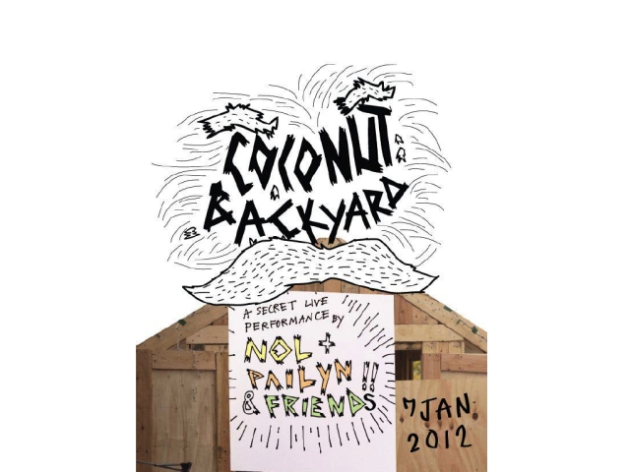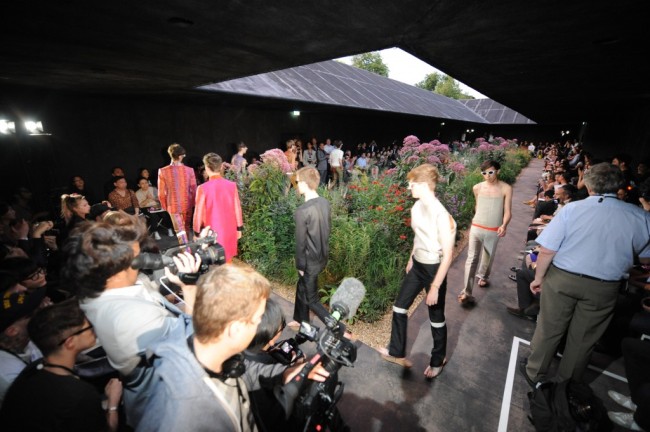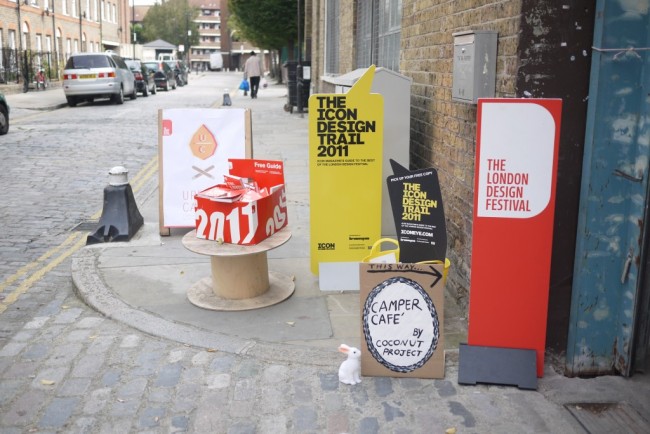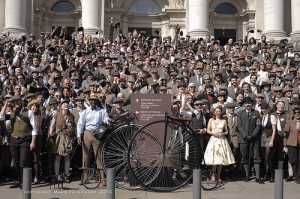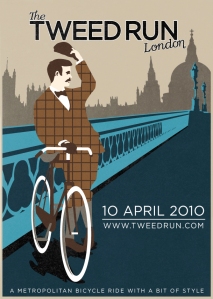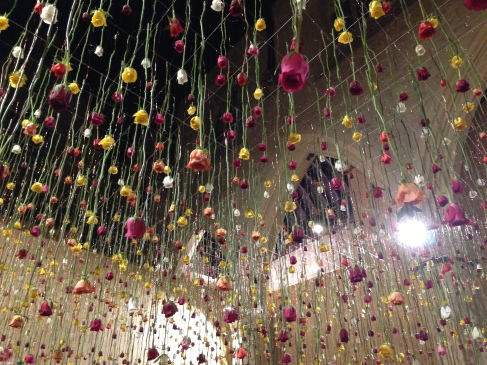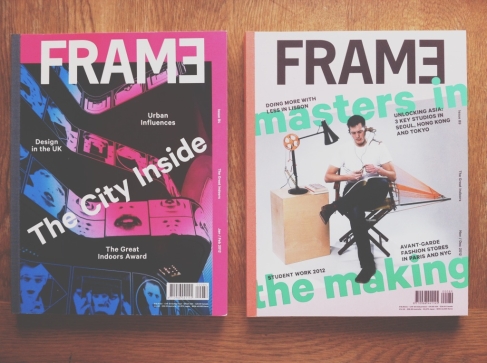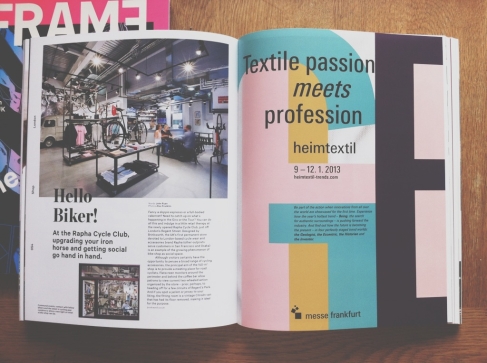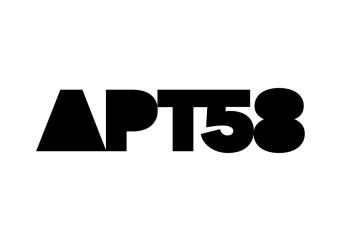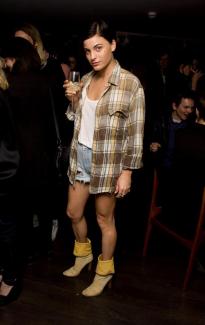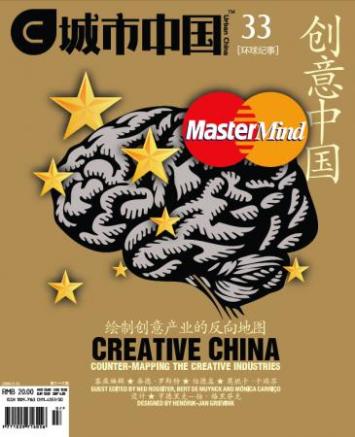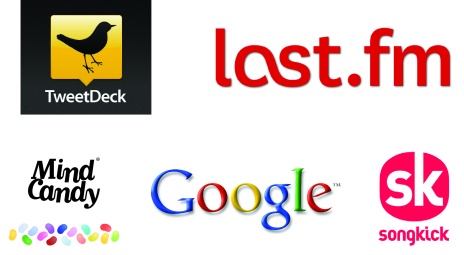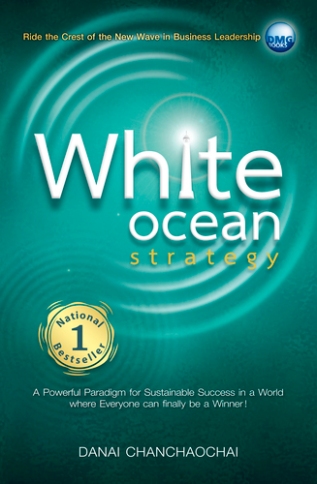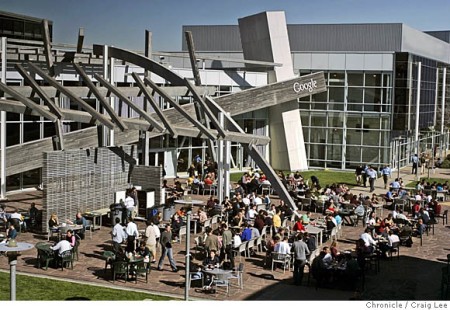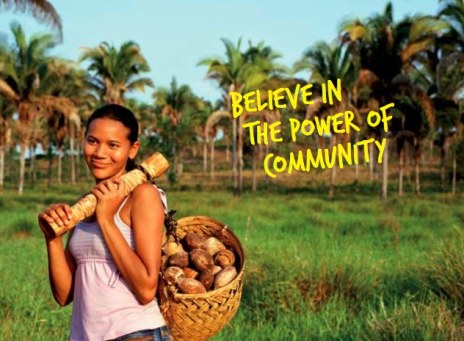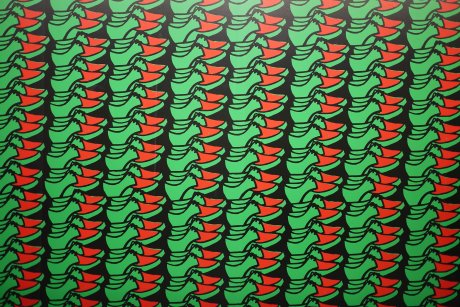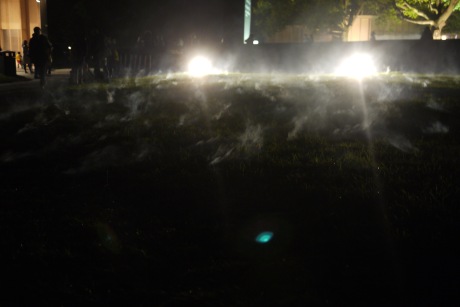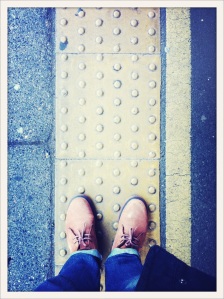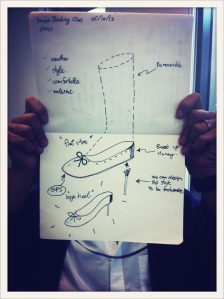Reflection of MACE experiences
The beginning
My MACE experiences have started when I decided to study aboard. There are lots of courses in the UK that providing a knowledge skill of business. By the time I was looking the course in the UK to apply it was very tough time to consider which course and which university that suit me. My background was pure art and design therefore I was seeking a proper course to built up my business skill. My requirement was that explore a business insight by not abandon my own design skill that I already had. Thanks for the Google to screen out of the long list of business courses which are available in the UK. I typed simple keywords in searching box “Creative and Business course UK”, MA Creative Economy course at Kingston has pop up in a front roll distinctively. Since then, stepping in class was providing me a great opportunity to meet people from different backgrounds among the creative industries. Surprisingly, the course can combine these students who came across fields harmoniously. I am impressed with the course which can teach us business skill parallel with design thinking by covering all of business areas. Moreover, in each particular module which is providing in-depth of building up business knowledge and practice by using creativity and critical design thinking as a lead. Overall, having learn business and practice creativity in MA Creative Economy help forward my understanding world of business in a creative way. Accordingly, this reflection is to summarize what I have learnt in class in every module then transmits and adapts those knowledge through a blogs.
Design Thinking
In the first place, before learning Design Thinking module, many students might got confusing that this module will teach us about creating a new design product or product development. Truly, most of designers especially product designer are usually used process of Design Thinking to create their products or services. However, recently, Design Thinking has been linked to business aspect to create either new products or services for customer experiences. Design Thinking is essentially a human-centered innovation process that emphasizes observation, collaboration, fast learning of idea, rapid concept prototyping and concurrent business analysis (Lockwood, 2010). One popular definition of Design Thinking which was written by Tim Brown of IDEO is “a discipline that uses the designer’s sensibility and methods to match people’s needs with what is technologically feasible and what a viable business strategy can convert into customer value and market opportunity”.
In the Design Thinking module we were contributed to practice the process of using design critical thinking in theoretical session as well as practical session. The module leader let us practiced many skills of Design Thinking processes by using different kind of teaching materials. In a way of learning Design Thinking, creative teaching is also importance. Not merely study theoretical on screen, the module leader allowed us to learn and share ideas as a group discussion among others student in class. Moreover, stepping of the class to explore the context within a real world such as observation in the real venue, survey and interview people. I have come to learn that Design Thinking is not only reading a good article or novel, practicing in a real world is also important for having in-depth business knowledge.
Design thinking with collecting data
Observation is one of Design Thinking method which is the first and simple step to understand consumer needs by watching, listening and discussing. It is a crucial tool for improving products or services by having human connection. The benefit for this kind of research is that we can see naturally behavioral of customer reacting with product or service (Qualityoflife.org). The first task in this module was to observe customer behavior in the real venue such as supermarket, pub, restaurant and hospital where people come and engaging in each particular place. This observational research has taught me to reaching consumer insight and discovering user needs. We were observing for four hours to collect the information before discussing and analyzing the information of what customers do and what they want form those facilities and service that was provided for them. Moreover, seeking solution to solve the problem and to fulfill customer satisfaction of those products and services.
Another key method of Design Thinking to understand consumer needs is that empathy testing. Being consumer themself is the best way to explore their mind and determine usability requirement. Using empathic approach can be both a source of inspiration an aid to reaching consumer insight. “Empathy is at the heart of design. Without the understanding of what others see, feel, and experience, design is a pointless task” (Brown, 2009). The second project for practicing empathy is acting as blind person. Not only being blind, we have to find the out from class room to toilet then try to use all of object in the toilet and see (feel) what blind people feeling of their life within the darkness. Learning how blind people using surrounding products for facilitating their life. For this task of being blind, boost up my understanding of empathy clearly. It was a good experience to explore this method of Design Thinking. It very useful skill to improve my critical thinking skill and changed me to be more aware of other people.
Prototyping
In December 2012, in class activity is about making prototype of innovative shoe. Before we start design an innovative shoe we were asked to go out of the class making survey and quick interview with other students around the university. This survey and interview have been linked with observation and empathy to find consumer needs and what consumer think of their shoe or shoe in general. However, before we survey and interview we were set a question carefully because I think that question are also important to get a useful answer. After having interviewed and survey some students we were brainstorm and discuss of how can we create new shoe from consumer requirement. Discussing is not enough for design thinking, prototyping is a good expression of idea. Some group in our course were drawing some were fold up piece of paper to mock up the shoe. For this task I have come to learn that unnecessary to be a product designer or have a good design skill who can design a shoe. Everyone can design things but more importantly is about transferring rough idea to simple physical object in order to get a real feel or usable feedback. According to David Kelly calls prototyping as “thinking with your hands”. Many of organizations give an important for experimenting and prototyping aim is to fail quickly and frequently so that learning can occur (Lockwood, 2010).
“No good product was ever created from quantitative market research. Great products spring from the heart and soul” (Martin, 2009).
Social Media
It is irresistible that nowadays social media has become the most powerful platform of communication. Its allow people connect and share experience across the world. Apart from entertainment, social media has generated a huge benefit to almost every sector. Recently, almost individual or organization use social media to expose their ideas, launch the new products or communicate with customers. There are a lots of social media applications are available on market to serve up particular customer’s requirement. Meanwhile, multi-functional of social media application is highly competition to gain more reputation from clients.
During the year, our course contributed students to enthuse of using social media and gain profits from it such as Tweeter, Linkedin and WordPress. Normally, most of people have Facebook account already but it tend to be entertainment aspect. For this time I’ve changed the way of using Facebook is to engage with classmate and catch up information or getting inspiration form friend’s posts. My personally think that Facebook is very useful social network to connect people together. Additionally, MACE course is introducing me the new social media that I’ve never used before like Linkedin and Delicious. I have found that these applications are very helpful for my career and to catch up with the society with valuable information. Since then, I still keep using these useful applications till now.
Entrepreneurship in Practice
This is the most effective module that I have leant from MACE. Learning business start-up is very important for me to improve my business skill by covering all of business areas. For this module, in the first step, we have to set up a company and create a product by using knowledge of Design Thinking skill including observation, survey and empathy (Our company is Easthetic and product is Pozzy). After we got a product we have to pitch with the Dragon Den’s. For this pitch, we’ve used storytelling skill to present our idea to the judge before going to the next step. When we have passed the Dragon den’s stage the next step is to develop business model in-sight of marketing strategy, advertising and financial. We have five people in a group and we divide job into 5 positions including team leader, product development, finance, creative in-house and advertising. Individually, I worked as product designer. I have used all of previous knowledge which I have learnt in Design Thinking class combined with my product design skill from previous degree to seek gab in the market. Moreover, I also learnt about others business skill such as create marketing, advertising strategy and brand development for the company. The most important thing for this entrepreneurship in practice is to work as a team. Working in-group is help forward my understanding of brainstorming, sharing ideas and listening team mate opinions. Our company have using social media in many proposes since communicate each other till in term of advertising. We were working very hard for this company also spent much more time for meeting and making market research in order to push forward the company as far as we can. As a result of working very hard we got many of awards form different competitions like Best company, Best product and Best trade stand.
Future
All of experiences that I have learnt and practiced from the course are very helpful to develop my business skill. It helps me understand clearly in world of business. Design Thinking is providing me fresh perspective and built up my confidence to engage with business context in the future. Entrepreneurship in practice is warm me up of all business knowledge and provided a platform to exercise my design thinking and business skill before running a real business in a real world. Moreover, not only business skill that I got from the course, I have also learnt of friendship and culture from different countries among all of MACE students. In the future, I would probably run a business in my country and adopt all of knowledge and experience of either success or failure form MACE course on my forthcoming business.
References
Brown, T. (2009). Change by design. New York: HarperCollins books.
http://designthinking.ideo.com/?p=1008
Frankle, T. (2011). Corporate Entrepreneurship and Innovation in Silicon Valley: The case of Google. Entrepreneurship Theory & Practice .
http://gracechuang.wordpress.com/2013/02/23/one-day-more-to-my-1st-pre-proposal/
Lockwood, T. (2010). Design Thinking, Integrating Innovation, Customer Experience and Brand Value. New York: Allworth Press.
Martin, R. (2009). The Design of Business. Massachusetts: Harvard Business School Publishing.
Nesta. (2011), Prototyping
http://www.nesta.org.uk/blogs/assets/blog_entries/what_is_prototyping
http://www.qualityoflife.org/innovation/observationalresearch.cfm
Rubin, H. (1998), ‘How the Best Storytellers Win’.
http://www.fastcompany.com/34088/how-best-storytellers-win
http://www.unusualleading.com/wp-content/uploads/2009/12/HBR-on-Design-Thinking.pdf




